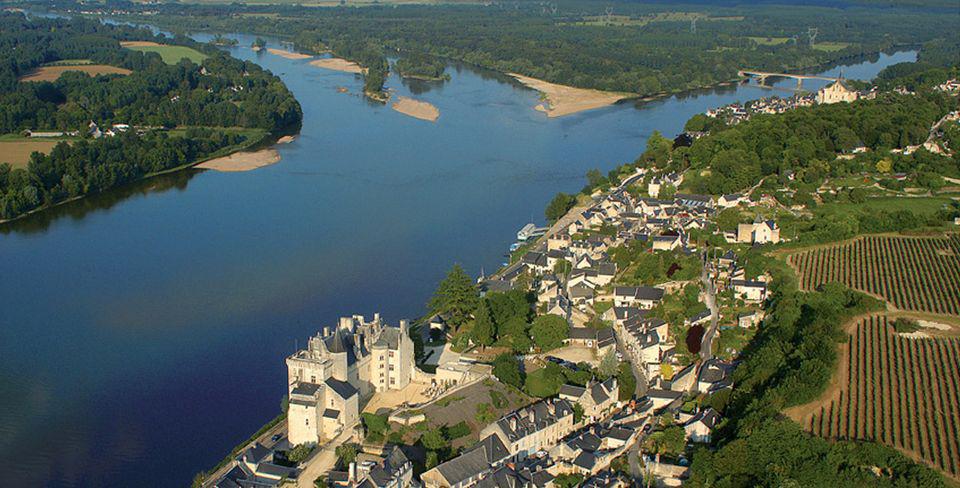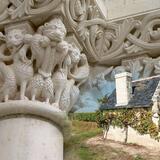- Home
- Know
- A la carte
- The Loire Valley – World Heritage
The Loire Valley – World Heritage
Published on 13 April 2017 - Updated 09 May 2022
The Loire river is inscribed as an "oustanding cultural landscape" on the UNESCO World Heritage list

From Sully-sur-Loire in Loiret to Chalonnes-sur-Loire in Maine-et-Loire, the Loire Valley is inscribed on the UNESCO World Heritage List as a living cultural landscape. Its inscription recognises the site’s outstanding universal value, authenticity and integrity, and is also a major responsibility: its loss would be regarded as irreplaceable for humankind’s collective memory.
Inscription criteria state that the Loire Valley is an “outstanding cultural landscape along a major river which bears witness to an interchange of human values and to a harmonious development of interactions between human beings and their environment over two millennia. It is noteworthy for the quality of its architectural heritage, its historic towns and for its world-famous castles. The landscape also illustrates the influence of the ideals of the Renaissance and the Age of Enlightenment on Western European thought and design”.
These criteria transcribe the content of Loire Valley heritage. Another less academic, more anthropological reading is also possible, emphasising the construction of the area as essentially the result of human activity. The landscape has evolved from unceasing application of a quartet of individual “cultures” – those of the vine, the garden, stone and river. These four human activities continue today and are the territory’s cardinal points, conditioning its development and layout.
With the river as backbone and its banks the product of two thousand years of human history and activity, the Loire Valley’s cultural landscape is a monument to nature and culture alike.





![Nouvelles Renaissance(s] 2023](/var/storage/images/val-de-loire-refonte/dossier-de-parametrage/pied-de-page/nouvelles-renaissance-s-2023/517479-13-fre-FR/Nouvelles-Renaissance-s-2023_image_largeur220.png)


 Lettre d'information
Lettre d'information
 Facebook
Facebook
 Flickr
Flickr
 Podcloud
Podcloud
 Dailymotion
Dailymotion
 Box
Box
 Slideshare
Slideshare
 Diigo
Diigo

